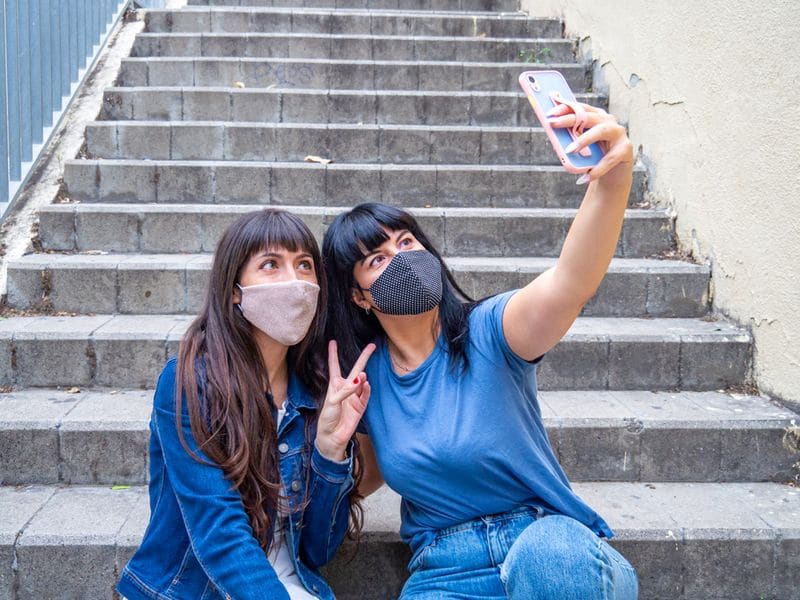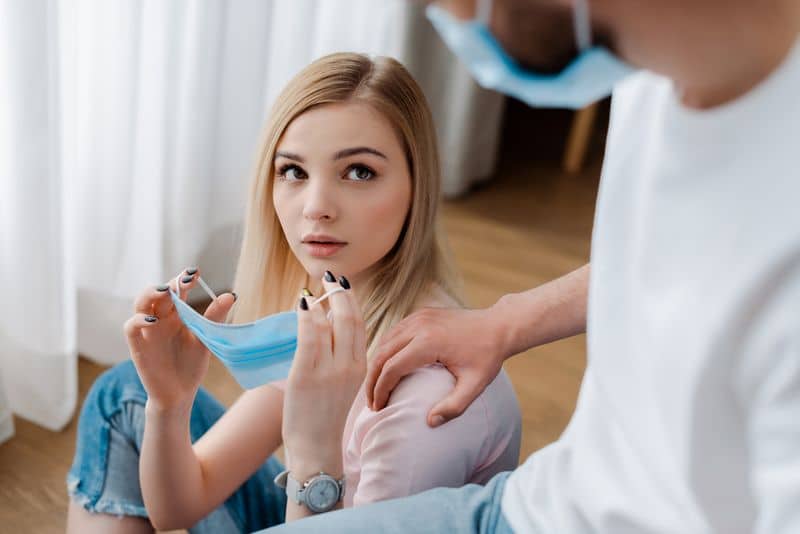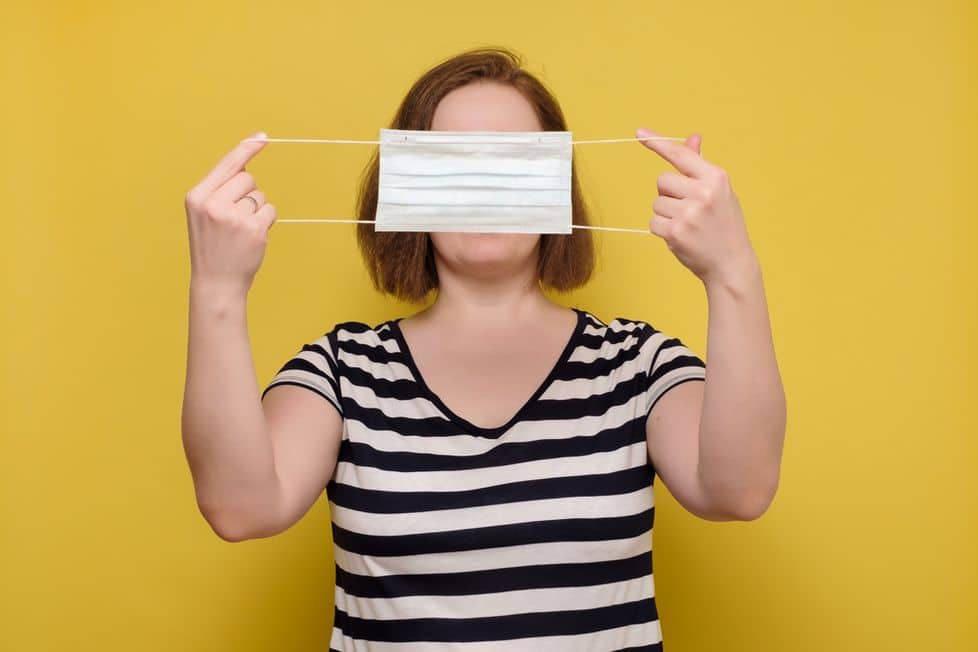“I am not going to take off my mask at school,” María, a 1st year ESO student, tells her parents when they talk over dinner that masks will no longer be compulsory indoors from April 20. “My face is full of pimples and I look horrible. I don’t want my friends to see me like that.” Maria’s case is not the only one. Although for many taking off the mask and uncovering her face is a liberation, for others, as is the case with many young people, it is not so much. They have become accustomed to going with their faces covered for more than two years and this dependence on the mask is called empty face syndrome, or what is the same, a feeling of vulnerability that arises when we take it off in public, which can affect adolescent mental health.
Empty face syndrome: what is it and who does it affect?
The psychologist Rocío Rivero defines this phenomenon, which especially affects children and adolescents, as “a type of anxious symptomatology generated by facing the environment without a mask, exposing oneself to coronavirus infection.” But the fear of contagion is not the only reason why many young people want to continue wearing it. As the expert comments, the mask is a accessory that covers a large part of the face, in addition to gestures and features: “For people who were somewhat dissatisfied with some detail of their face, it has been their ‘salvage table’, in the sense that wearing the mask makes them totally sure that the rest of the people are not looking at that part of their face with which they do not feel well.

In adolescence, this feeling can appear in an amplified way since it is the vital stage in which there is a greater need for acceptance and belonging to a group. “It is the moment in which a sudden drop in self-esteem can occur more easily,” Rivero emphasizes. That is the main reason why young people decide not to remove their mask, especially at school, since it is very strange for them to expose themselves to the gaze of their classmates or see teachers with their faces uncovered: in some cases, students they do not know them or have interacted with them without masks.
How to act with adolescents in the face of empty face syndrome
Given this situation, what can families or teachers do if their children or students do not want to remove their mask in situations where there is no real danger of contagion? For Rivero, it is very important, first of all, to know and analyze the thoughts that the child or adolescent has about removing the mask, “because with this we will be able to know what exactly makes him complex and what are the fears he has.”

If it is a complex for some part of the face, the expert points out that “when that part with which we do not feel comfortable is hidden, what we are doing is increasing the disgust because we get used to not seeing it and when we see it we like it less. ”. To do this, she offers the following advice so that young people get used to showing their face, again, before others:
Take a close look at what you don’t like. The objective is to normalize that this area of the face is part of the body and that it performs a very important function, for example, the nose. An interesting exercise is to look at the nose (or the part of the body that the adolescent does not like) in a mirror for a few minutes, but it is not only necessary to focus on it, but on the whole of the face, in its harmony, that is to say , slowly analyze what your face looks like.
Appreciate what we like. After that first exercise, the adolescent will continue to pay attention to his face, but now he will put his attention on what he does like. Once he reflects on it, he has to say a series of positive messages to himself out loud with which he feels good about himself: “I like my hair” or “I look handsome today”, for example.
Progressive exposure to the situation. It is advisable to gradually expose the adolescent to this new situation. The goal is for him to be able to control the anxiety that may arise. It is essential that he ‘visualize’ that the thoughts that may occur to him while he is not wearing the mask are not real. To do this, the following statements can be reminded: “Not everyone looks at us on the street, and if they do, it is not because they do not like that part of the body since there may be many more reasons: because they liked the clothes that I am wearing or, simply, you think that they are looking at you, but they are not.

